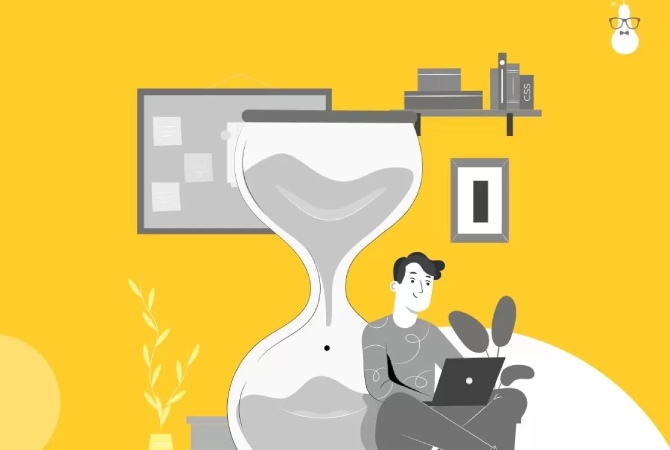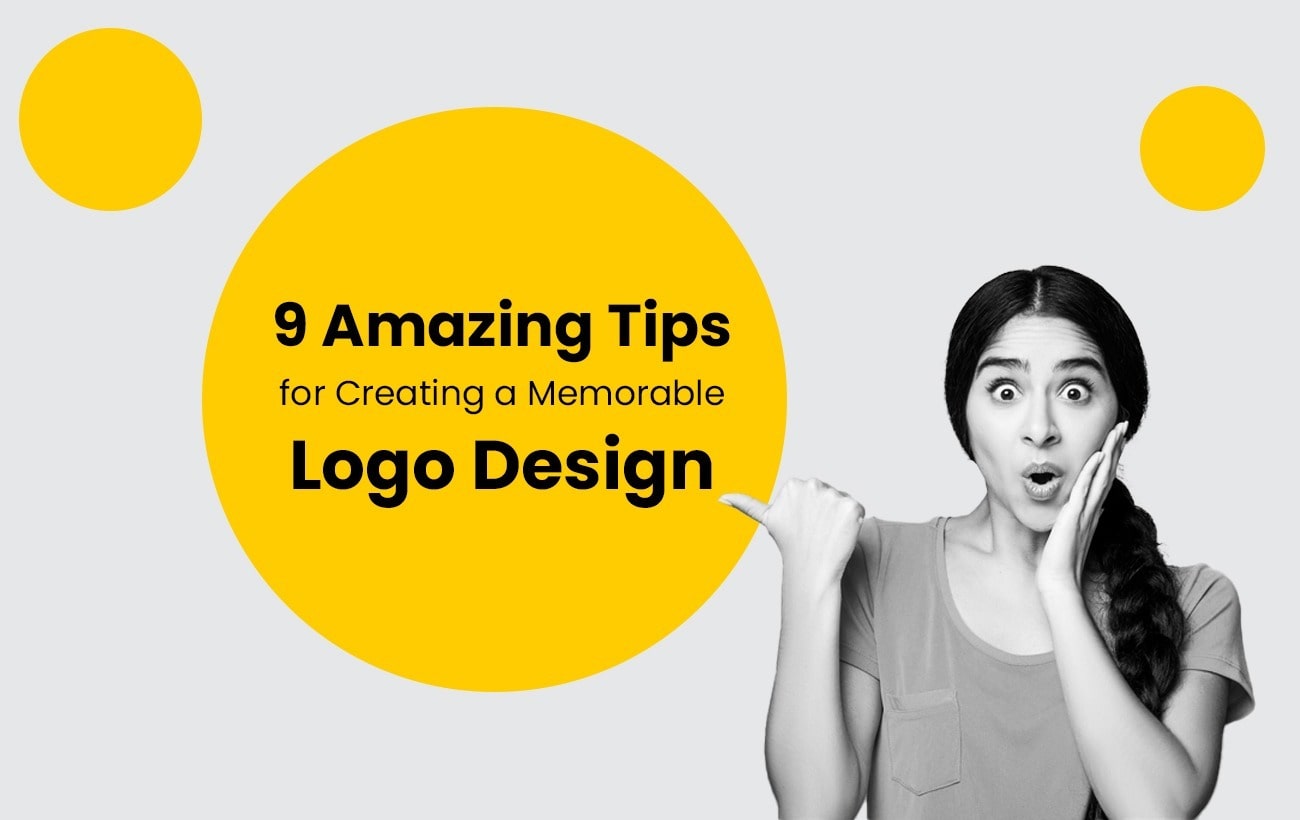The Benefits of User Centered Design for Your Website
As a website owner, you want to create a website that is not only visually appealing but also meets the needs of your users. User centered design (UCD) is a design philosophy that puts users at the center of the design process. This approach ensures that the website is easy to use and delivers a positive user experience. In this blog post, we will explore the benefits of user centered design for your website and share some examples of successful websites that prioritize user experience.
What is User Centered Design?
User centered design (UCD) is an approach to design that places users at the center of the design process. This approach focuses on understanding the needs and preferences of users and designing solutions that meet those needs. The UCD process involves several stages, including user research, prototyping, testing, and evaluation.
User centric design is an iterative process, which means that designers continually gather feedback and make changes to improve the design. This approach ensures that the final product is user-friendly and meets the needs of the target audience.
Benefits of User Centered Design
1: Improved User Experience
One of the main benefits of user centered design methodology is improved user experience. When designing a website, it is essential to understand the needs and preferences of your users. By designing a website that meets their needs, users will have a positive experience, which will encourage them to return to your site.
2: Increased User Engagement
Another benefit of user centric design is increased user engagement. When users have a positive experience on your website, they are more likely to engage with your content, share your content on social media, and recommend your website to others. This can lead to increased traffic and higher conversion rates.
3: Higher Conversion Rates
User centered design process can also lead to higher conversion rates. By understanding the needs and preferences of your target audience, you can design a website that encourages users to take action. This can include signing up for a newsletter, making a purchase, or requesting more information.
4: Competitive Advantagee
In today’s digital age, competition is fierce. By designing a website that meets the needs of your users, you can gain a competitive advantage. A user-friendly website that delivers a positive user experience can set you apart from your competitors and help you stand out in a crowded marketplace.
Examples of Successful User-Centered Websites
A: Airbnb
Airbnb is a website that connects travelers with local hosts who have spare rooms or homes to rent. The website exhibits characteristics of user centered design that is easy to use and delivers a positive user experience. The website features high-quality photos of each rental property, detailed descriptions, and user reviews. This information helps users make informed decisions about where to stay and creates trust between hosts and guests.
B: Slack
Slack is a communication platform designed for teams. The website embodies user centered design steps that are easy to use and delivers a positive user experience. The website features clear navigation, a clean layout, and helpful tutorials that help users get started with the platform. The website also features a comprehensive help center that provides answers to common questions and troubleshooting tips.
C: Shopify
Shopify is an e-commerce platform that allows businesses to set up an online store. The website implements a user-centered design principle that is easy to use and delivers a positive user experience. The website features clear navigation, helpful tutorials, and a comprehensive knowledge base. The website also features an app store that allows users to add additional features and functionality to their online store.


Tips for Implementing User Centered Design
1: Conduct User Research
The first step in implementing user centered design methodology is to conduct user research. This can include surveys, interviews, and usability testing. The goal is to understand the needs and preferences of your target audience and design a website that meets those needs.
2: Use Personas
Once you have conducted user research, you can create user personas. User personas are fictional representations of your target audience. They help you understand the needs and preferences of your users and design solutions that meet those needs. User personas typically include information such as demographics, goals, behaviors, and pain points.
3: Create User Flows
User flows are diagrams that map out the steps a user takes to complete a specific task on your website. They help you understand the user journey and identify potential pain points. By creating user flows, you can design solutions that streamline the user experience and make it easier for users to accomplish their goals.
4: Prototype and Test
Prototyping involves creating a preliminary version of your website or a specific feature. Testing involves getting feedback from users on the prototype. By prototyping and testing, you can identify and fix issues before launching your website. This can save time and money in the long run and ensure that your website delivers a positive user experience.
5: Iterate and Improve
User centered design is an iterative process. After launching your website, it is essential to gather feedback from users and make improvements. By continually iterating and improving your website, you can ensure that it meets the evolving needs and preferences of your users.
Conclusion
User centered design principle is a design philosophy that prioritizes the needs and preferences of users. By designing a website that meets the needs of your target audience, you can deliver a positive user experience, increase user engagement, and achieve higher conversion rates. Successful websites such as Airbnb, Slack, and Shopify prioritize user experience and deliver a user-centered design that is easy to use and navigate.
Implementing user-centered design process steps involves conducting user research, creating user personas, creating user flows, prototyping and testing, and iterating and improving. By following these steps, you can ensure that your website delivers a positive user experience and meets the needs of your target audience.





